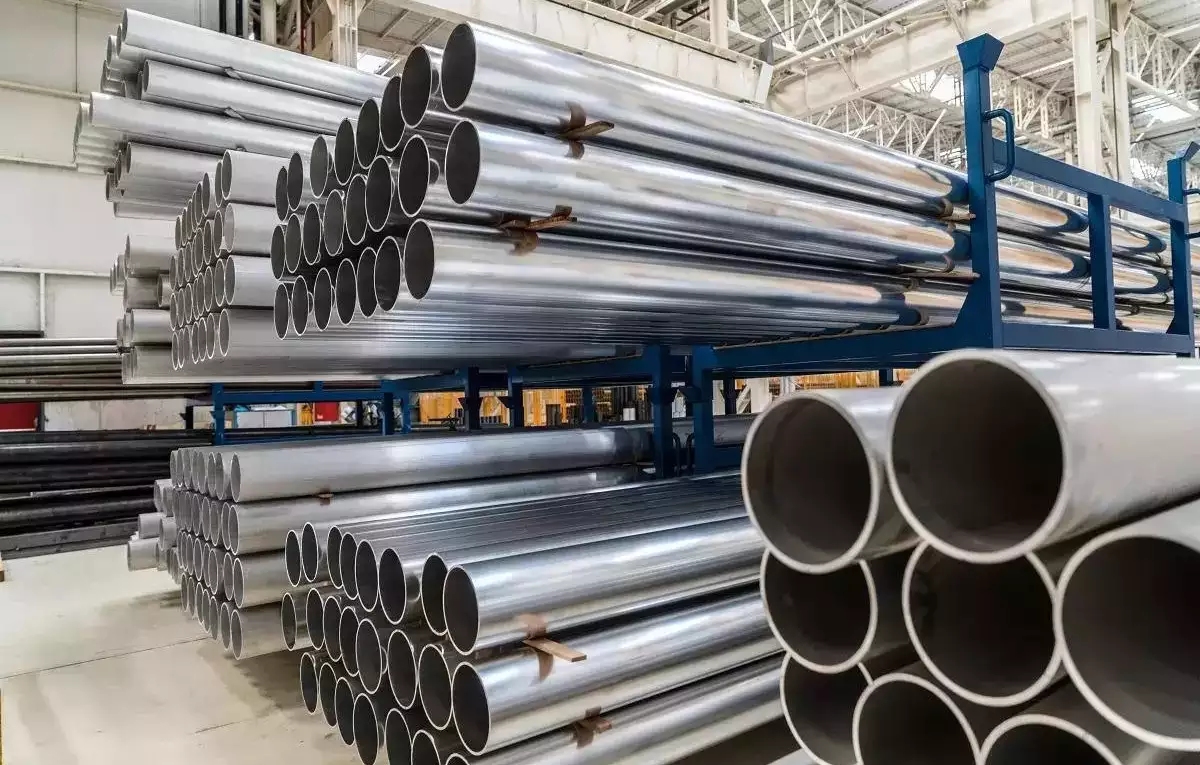India–US Trade Tensions Rise Over Steel and Auto Tariffs NMDC Limited reports a 38% drop in Q4 FY24 consolidated net profit RINL to Raise $23 Million Through Land Sales Amid Crisis

On Monday, the equities of domestic steel businesses experienced an almost 5% increase, driven by muted steel output statistics from China. The share prices of Jindal Steel, Tata Steel, and SAIL grew by 4.10%, 3.49%, and 4.59%, respectively.
One important cause for this increase in stock prices is China's silent steel output in January and February, with analysts forecasting a similar fate in March due to weak demand. China's crude steel output increased by just 1.6% year on year, while the daily average declined by 2.1%.
Chinese steel associations are demanding a halt to steel production to slow down the sharp decline in rolled steel prices that have been witnessed lately. This decline is attributed to higher mill profits, lower-than-expected demand, and huge stockpiles.
The sharp drop in profits of more than 200 steel companies in several Chinese provinces reduced capacity utilisation to 75.6% in March, while under good market conditions, the mills operate at more than 90% capacity.
The National Bureau of Statistics (NBS) reported that China, the world's largest steel producer, manufactured 167.96 million metric tonnes (MMT) of steel in January and February combined.
This combined reporting is customary to account for the fluctuating Lunar New Year holiday's impact, which occurs at varying times during these months. The daily output averaged around 2.8 million tonnes (MT), compared to 2.18 MT in December 2023 and 2.86 MT during the same period in 2023, as reported by Reuters.
According to a report by research firm BNP Paribas, highlighted the downside risk to domestic steel prices from cheaper imports. This risk persists with domestic prices higher than import prices from China and Japan. A falling production in China may allow domestic companies to sell more in the Indian market.
Robust Demand and Exports Apart from sluggish Chinese output, another green light for India could be a 9% YoY growth in steel demand and a 14% YoY increase in production in February 2024. Analysts at BNP Paribas wrote in their March report that the country also became a net exporter of steel in January and February.
Steel exports improved to over 1 MT on Feb 24 vs 0.85 MT on Jan 24 and 0.64 MT on Dec 23. Jan and Feb 24 steel imports came in at 0.8 MT each vs 1.3 MT on December 23. As a result, India became a net exporter of steel in Jan-Feb 24, the report noted.
Also Read : Godawari Power and Ispat gets approval to scale up sponge iron production capacity in Chhattisgarh Metal exports’ slide hit engineering exports in April